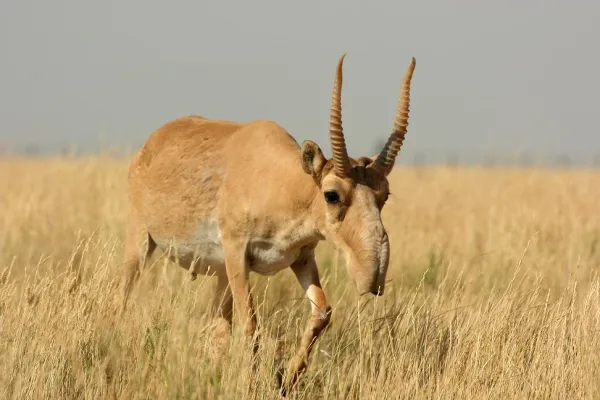
Have you ever seen this unusual-looking animal? The Saiga antelope (Saiga tatarica) is one of the most distinctive antelopes in the world, easily recognized by its large, downward-facing nose that resembles a short elephant trunk. While this peculiar appearance makes the species stand out, it has no...
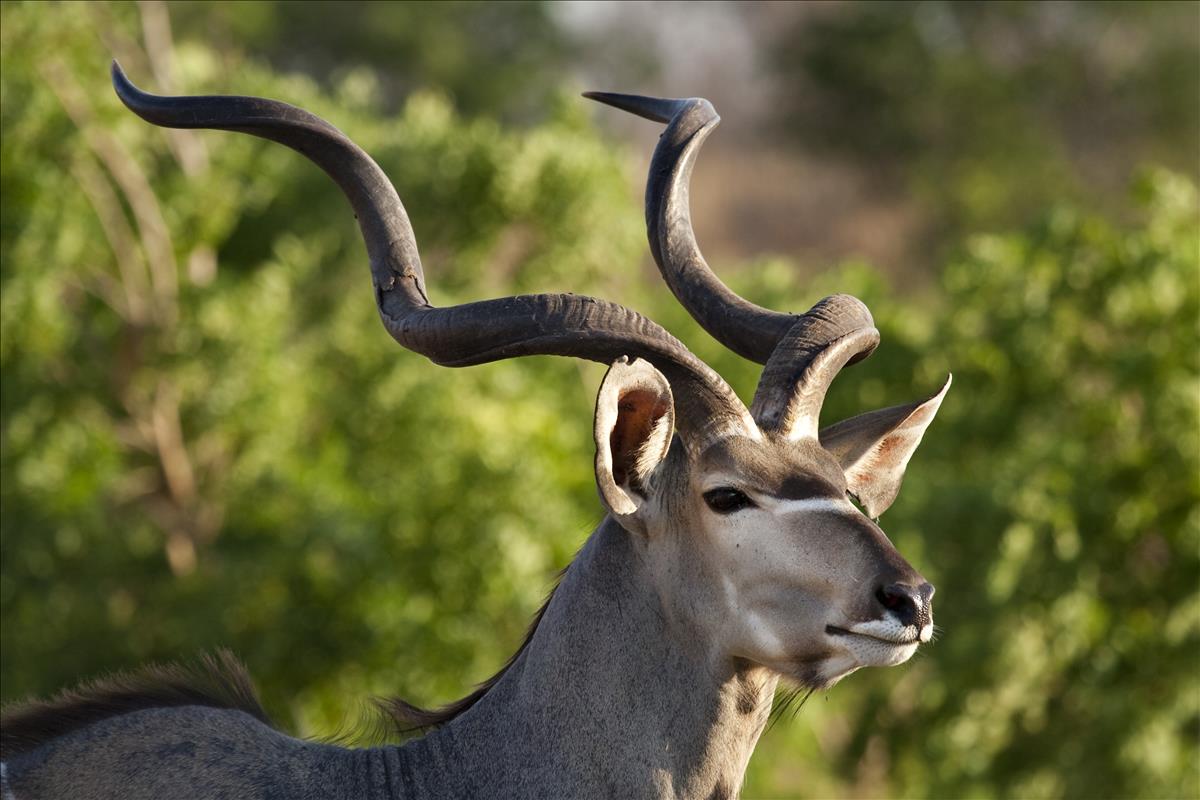
Antelope is not a scientific classification term in the strict sense, but a popular general term for a type of bovine animal that adapts to grassland life and is good at running. This type of animal usually has a slender and smooth body line, exuding a smart and mysterious temperament.So, which ante...
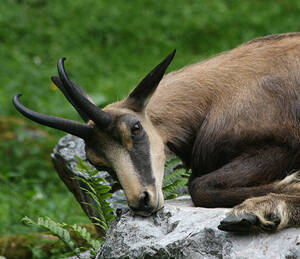
Rupicapra rupicapra (scientific name: Rupicapra rupicapra) English Northern Chamois, Alpine Chamois, Anatolian Chamois, Asia Minor Chamois, Balkan Chamois, Carpathian Chamois, Caucasus Chamois, Chamois, Tatra Chamois, Turkish Chamois, French Chamois, Spanish Gamuza, Gamuza Septentrional, Rebeco sept...
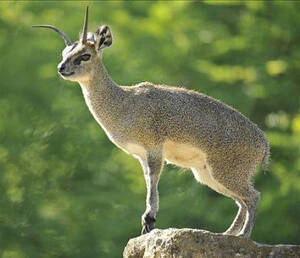
Oreotragus oreotragus (English: Klipspringer, French: Oréotrague, South African: Klipspringer, German: Klippspringer, Dutch: "rock jumper"), with 11 subspecies.The average territory of the Oreotragus is about 0.081 square kilometers. The size of a male's territory will depend on the a...
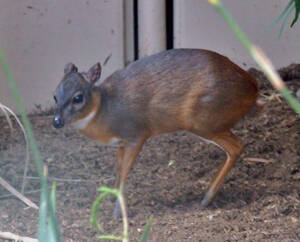
Royal Antelope (scientific name: Neotragus pygmaeus) English Royal Antelope, French Antilope royale, German Kleinstbokchen, no subspecies.The Bess Island Antelope is very similar to the Royal Antelope, but is only found in central Africa. The Baird's Island Oryx has small black and white marking...

Bates' Pygmy Antelope (scientific name: Neotragus batesi) English: Bates' Pygmy Antelope, Dwarf Antelope, German: Batesbokchen, no subspecies.The Bet's Island Oryx is similar in appearance to the Royal Island Oryx (Neotragus pygmaeus) of West Africa, but can be distinguished by its large...
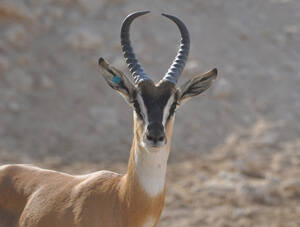
Somali gazelle (scientific name: Nanger soemmerringii) is also known as Soemmerring's Gazelle in foreign languages. There are three subspecies.Once upon a time, the attractive Somali gazelle would gather in large groups of hundreds during seasonal migration. This spectacular sight is already ver...
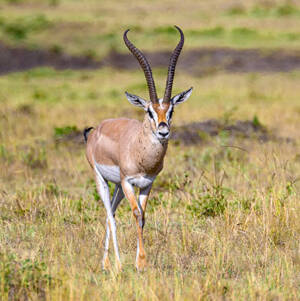
Grant's gazelle (scientific name: Nanger granti) is a large, light-haired antelope with three subspecies.Grant's gazelle is migratory, and they migrate seasonally throughout their range, except in areas where there is abundant forage supply throughout the year. The species migrates in herds,...
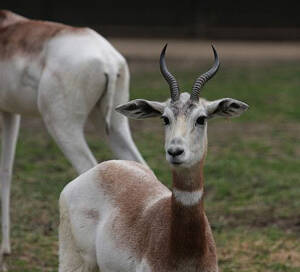
Nanger dama (scientific name: Nanger dama) is also known as Dama Gazelle, Addra Gazelle, and Mhorr Gazelle. There are three subspecies.Nanger dama migrates for a long time, moving into the Sahara Desert in the rainy season and to the open jungle in the dry season. When in the desert, they live toget...
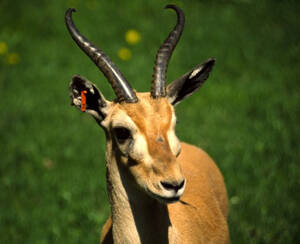
Eritrean Gazelle (scientific name: Eudorcas tilonura) English Heuglin's Gazelle, Eritrean Gazelle, French Gazelle d'Erythrée, German Eritreagazelle, no subspecies.The Eritrean gazelle lives east of the Nile. In the past, the species was considered to be distinct from the Thomson's gazel...

Mongalla Gazelle (scientific name: Eudorcas albonotata) English: Mongalla Gazelle, French: Gazelle de Mongalla, German: Mogallagazelle, no subspecies, a medium-sized antelope.The Mungara gazelle (Eudorcas albonotata) is a species of gazelle found in floodplains and savannas of South Sudan. It was fi...

Clark's Gazelle (scientific name: Ammodorcas clarkei), also known as Clark's Gazelle in English, has no subspecies and is a medium-sized antelope.The sand antelope is a solitary or social diurnal mammal that can move alone or in small family groups of 3-9 individuals. It feeds in the morning...
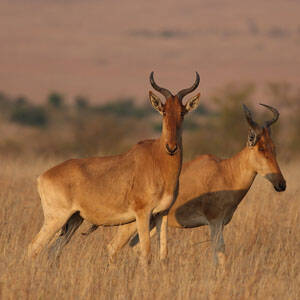
Red Hartebeest (scientific name: Alcelaphus buselaphus) is also known as Red Hartebeest in foreign languages. The Red Hartebeest and the Zambian Hartebeest were once independent species. In 2013, they were classified as subspecies of the Hartebeest. So far, the Hartebeest genus has only one species,...
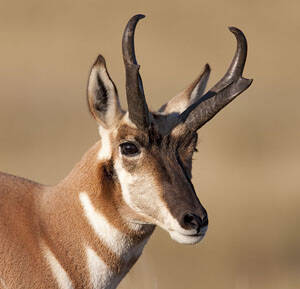
Pronghorn (scientific name: Antilocapra americana) is also known as pronghorn in foreign languages. There are 5 subspecies.Pronghorn likes to live in groups. In summer, they form small groups of about 50-100 people, and in winter, they gather into large groups of thousands of people. When encounteri...
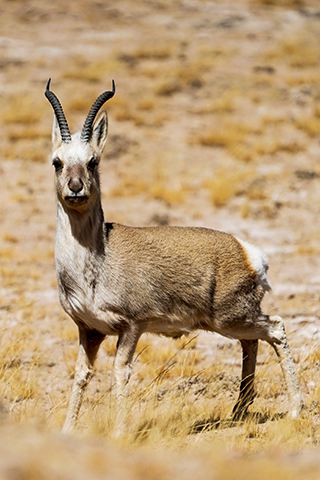
Tibetan Gazelle, also known as Tibetan Gazelle in English, has no subspecies and is a typical high mountain cold desert animal.For those who are familiar with the creatures in the Hoh Xil area, the easiest way to distinguish between Tibetan antelopes and Tibetan antelopes is to see which one has a &...

Mongolian Gazelle is called Mongolian Gazelle in foreign language. It has no subspecies.Mongolian Gazelle likes to live in groups. When migrating northward in spring, groups of 6,000 to 8,000 have been observed. In the summer pasture, males separate from the group. The group stays together for a lon...

Tibetan antelopes and common sheep are two completely different animals, with obvious differences in appearance, ecological habits and lifestyles. Tibetan antelope:Tibetan antelope, also known as blue sheep, is a wild sheep-like animal that lives in high-altitude areas. They mainl...

During the Pliocene Epoch, the average altitude of the Qinghai-Tibet Plateau was only a few hundred meters to about 1,000 meters. Scientists have accumulated extremely thick river and lake facies at an altitude of more than 4,000 meters in the Gyirong Basin on the north side of Shishapangma P...